My grateful thanks to Luke Jennings, for agreeing to collaborate with me on this book; Belinda Matthews for believing in it; Pat Kavanagh for her unfailing wisdom; Kate Bettley, Phyllida Ritter, Philippa Rooke, Umber Salam and all my colleagues at the Royal Opera House for their support; and my telly boys, for making me smile.
My thanks are due to the archive department of the Royal Opera House, Covent Garden, and to Geoffrey Whitlock, who gave me access to his Soviet ballet files. The Oxford Dictionary ofDance by Judith Mackrell and Debra Craine proved an invaluable resource, and I am indebted to Sally Banes for her insights (in her excellent Dancing Women) concerning The Firebird and Rodeo).
Two acts. Choreography by Filippo Taglioni, music by Jean Schneitzhoeffer, designs by Pierre Ciceri and Eugne Lamy.
First performed at the Thtre de lAcadmie Royale de Musique, 1832.
In 1831 Marie Taglioni came to the attention of the Parisian public in Robert le Diable. The following year, anxious to capitalise on his daughters success, Filippo Taglioni created LaSylphide, a reworking of a Milanese piece named La Silfide. The ballet was a sensation, and as intended, made Taglioni a star. Five years after its premiere August Bournonville rechoreographed the piece in Copenhagen for himself and Lucile Grahn to music by Hermann Lvenskjold. It is Bournonvilles version which comes down to us today.

Plot
A CT 1
The setting is the 1830s contemporary with the ballets creation. In a Scottish farmhouse, James is sleeping in front of the fire. It is his wedding day; he is to be married to Effie, but at his feet is the figment of his dreams, the beautiful winged Sylphide. The Sylphide dances and James wakes. He chases her but she vanishes like smoke up the chimney. Jamess friend Gurn (who loves Effie) enters with the bride-to-be and her friends. The sorceress Madge appears from a dark corner, and the girls ask her to read their palms. She tells Effie that she will be happily married, but to Gurn, not James. Angry, James expels her.
When James is once more alone, the Sylphide reappears. She seems heartbroken, and explains that she loves him, but because her love is unrequited, she must die. Overcome, James tells her that he loves her in return. Gurn sees James kissing the Sylphide and tells Effie. As Gurn and Effie enter, the Sylphide hides under Effies tartan shawl in the chair. Gurn lifts the shawl, but the Sylphide has vanished.
The wedding celebrations commence, and Effie, piqued at Jamess absent-mindedness, suggests that he dance with her. James does so, but the Sylphide appears. Visible only to the distracted bridegroom, she joins in the dance. The ceremony begins, but the Sylphide snatches the ring from Effies finger and escapes. James follows her, leaving a shocked Effie to be comforted by Gurn.
A CT 2
It is night. In the forest, Madge has summoned her fellow witches. In a cauldron, she has prepared an enchanted scarf. At dawn, James enters with the Sylphide. She introduces him to her fellow sylphs, but to Jamess frustration becomes increasingly elusive.
When Madge appears he is at a low ebb. The sorceress offers her help, and gives James the scarf. If it is placed round the Sylphides shoulders, Madge tells him, the magical creatures wings will fall off and she will be his for ever. The Sylphide reappears and James applies the scarf. Her wings fall off, as promised, but she dies an agonising death in front of him. As he kneels, heartbroken, the other sylphs appear, and bear their sister away. In the distance, we see the wedding procession of Effie and Gurn.

Notes
In its heros infatuation with a beautiful but unattainable creature for whom he will abandon everything, La Sylphide is an archetypal Romantic ballet. It lays out a series of opposites: the solidity of the home against the shifting other-worldliness of the forest (the domain of the Sylphide and Madge), the dutifulness of Gurn against the Romanticism of James, the humanity of Effie against the ethereality of the Sylphide. Throughout, earth is contrasted with air. When James dances with Effie, she is clearly earthbound; when he dances with the Sylphide he appears to be trying to prevent her flying away.
Tailor-made for Taglioni, the original ballet capitalised on its stars modest bearing, expressive arms, and soft, billowy leap. Taglioni was considered a danseuse aerienne, and her exceptional ballon enabled her to give the impression of momentary stillness in flight. The same qualities are demanded of those who dance the Romantic roles today. The ideal Sylphide or Giselle must combine a steely physical control with (as Gautier said of the Neapolitan ballerina Fanny Cerrito), a smiling ease which knows neither labour nor weariness. As the legs do the work beneath the gauzy tutu beating, turning, and leaping the upper body is poised coolly and apparently weightlessly above them.
Male dancing in Bournonvilles ballets is no less brilliant. Having exported the Romantic style to Denmark, the choreographer cut it to diamond sharpness. Lightning-fast beats, a buoyant leap, and an airy carriage of the arms are amongst the characteristics of the Bournonville style, and its grace and charm is perfectly demonstrated in La Sylphide. The 1836 production remains in the repertoire of the Royal Danish Ballet to this day, and has been recreated all over the world.
Two acts . Choreographed by Jean Coralli and Jules Perrot, libretto by Thophile Gautier and Vernoy de StGeorges, music by Adolphe Adam.
First performed at the Thtre National delOpra , Paris, 1841.
My dear Heinrich Heine; when reviewing your fine book ber Deutschland a few weeks ago, I came across a charming passage where you speak of elves in white dresses, whose hems are always damp; of nixies who display their little satin feet on the ceiling of the nuptial chamber; of snow-coloured Wilis who waltz pitilessly, and of those delicious apparitions you have encountered in the Harz mountains and on the banks of the Ilse, in a mist softened by German moonlight; and I involuntarily said to myself: Wouldnt this make a pretty ballet.
Thophile Gautier, 1841
At the first performance of Giselle at the Opra in 1841, the title role was danced by twenty-two-year-old Carlotta Grisi, the lover of the choreographer Jules Perrot. Its choreography was divided between Jean Coralli, the Opras chief ballet-master, who devised the ensemble work, and Perrot himself (very much the greater artist), who created the dances for Giselle. The ballet caused a sensation. Within five years of its first night in Paris it had been produced in London, St Petersburg, Vienna, Berlin, Milan and Boston. By then, Grisi had left Perrot, who received no credit for his work.

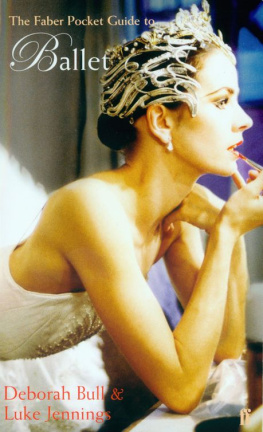

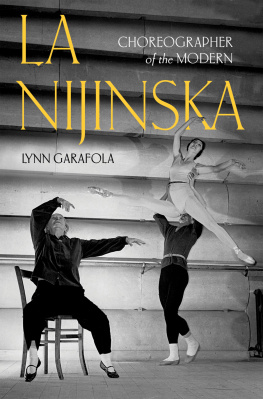
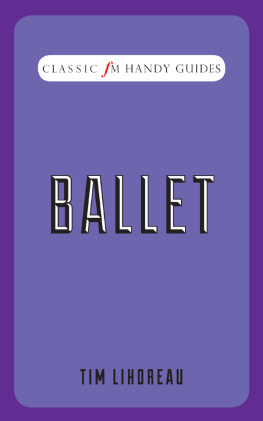

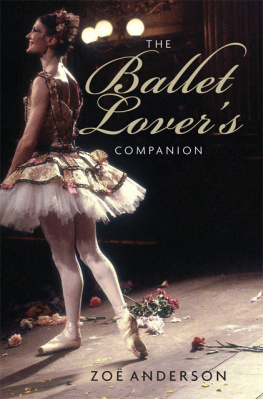

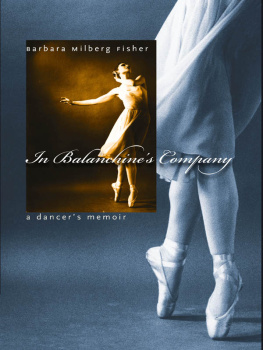
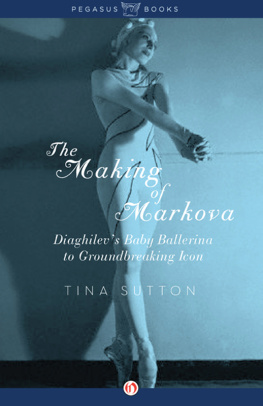
 Plot
Plot